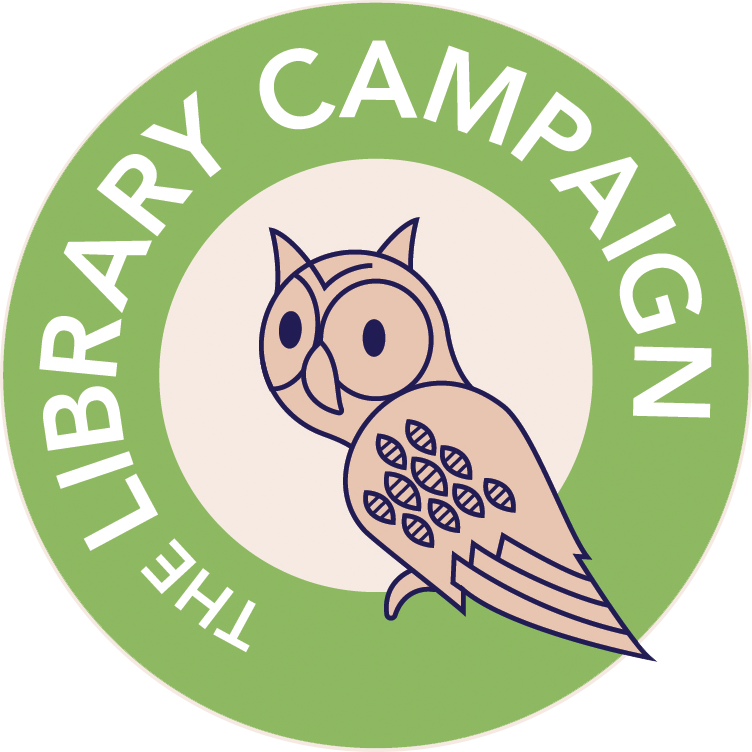HOW TO WRITE A PRESS RELEASE
A press release may be a story in itself, or it may be drawing attention to an event you want covered. For TV, make it clear that it will make good pictures – a big demonstration, fancy dress, a well-known person attending…
- The basic principle is – grab attention. Every press release competes with hundreds of others going across the journalist’s desk. And time is short.
- Make it clear what your story is about in the email’s title, the heading and the first paragraph. Many editors will not read any further and your release has gone in the bin.
- Why is this press release worth reading? Point out how your news relates to the community or audience served by this newspaper/programme, or its overall significance and/or uniqueness.
- The basic questions – What? Who? Where? When? Why? – should all be answered, as early as possible in the story. This is exactly how news stories are written: the information gets less and less important as the story goes on, so a busy sub-editor can safely ‘cut from the bottom’.
- This is important – With luck, a hard-pressed print publication will put your story straight in without re-writing it. To fit, it will cut from the bottom.
- Editors like a short quote from someone involved in the story.
- Brevity is a virtue (ideally no longer than 400 words).
- Sending a photo increases the chances that the press release or the photo, or both, will be used.
- Avoid unusual typefaces, such as those that resemble handwriting.
- Do include – prominently – a contact email or phone number. Journalists like to know they can follow up if necessary.
- If you are sending early news which must not be made public until after a certain date, put ‘EMBARGOED UNTIL : [date]’ at the top.
- Put ### or ENDS prominently at the end of the story.

